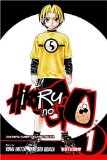
Review: Hikaru no Go, volumes 1-23
You wouldn’t think a story about an ancient Japanese game that consists of placing stones on a board would be very exciting. But in the case of Hikaru no Go, you would be very wrong. The writer-artist team of Yumi Hotta and Takeshi Obata created a series of well developed characters and games filled with so much excitement and tension that it was able to not only revive the game of Go among Japanese youth, but also here in America!
 Hikaru no Go Complete Series Volume 1-23
Hikaru no Go Complete Series Volume 1-23
Story by Yumi Hotta; Art by Takeshi Obata
All Ages
Viz Media; June 2004-May 2011
192 pgs., 7.99-9.99 ea
Hikaru no Go is a coming of age story about sixth-grader Hikaru Shindo. He is your typical, goof-off kid, who, while exploring his grandfather’s attic finds a Go board. On it are some blood stains that only he can see. When he touches them, a spirit comes out of the board. He is Fujiwara-no-Sai, a Go player from the Heian era, and he takes up residence in Hikaru’s consciousness. Sai loves to play go and has the dream of making the “divine move,” a perfect move that Go players have been chasing for centuries. Hikaru takes Sai to a Go parlor so he can play and meets another boy his age, the Go prodigy Akira Toya. Sai easily defeats Akira, which starts Akira chasing after Hikaru-Sai. But Hikaru, whose interest in the game has been awakened with Sai’s arrival, decides he wants Akira to recognize his Go, and begins down the path to become a Go player in his own right.
ADVERTISEMENT
ADVERTISEMENT
 One of the ways to make a story like this work is to have a lot of interesting characters, and Hotta succeeds in this in spades. She has created a whole host of diverse and interesting characters with rather complex relationships. Once Hikaru starts playing seriously, and becomes an Insei and then goes pro, many of his opponents are also his friends. He even goes up against his teacher at one point. The competition in these matches is all the more intense because these characters have relationships outside of Go and are all striving to reach the same goal. Hikaru and Akira’s relationship really becomes complex when Akira finally acknowledges Hikaru as his rival, and they begin practicing together more. In many of their sessions they get into rather heated arguments, but it is never taken personally. It is always about the game and improving each other’s skills. It’s nice to read a series where the competition is fierce but doesn’t destroy friendships.
One of the ways to make a story like this work is to have a lot of interesting characters, and Hotta succeeds in this in spades. She has created a whole host of diverse and interesting characters with rather complex relationships. Once Hikaru starts playing seriously, and becomes an Insei and then goes pro, many of his opponents are also his friends. He even goes up against his teacher at one point. The competition in these matches is all the more intense because these characters have relationships outside of Go and are all striving to reach the same goal. Hikaru and Akira’s relationship really becomes complex when Akira finally acknowledges Hikaru as his rival, and they begin practicing together more. In many of their sessions they get into rather heated arguments, but it is never taken personally. It is always about the game and improving each other’s skills. It’s nice to read a series where the competition is fierce but doesn’t destroy friendships.
 Another plus of this series is that you don’t have to know how to play Go in order to enjoy the games and tournaments. Some technical terms are thrown out and explained, but for the most part, the games are more about the players than the actual mechanics of the game. Here is where Takeshi’s artwork really shines. He can make placing a stone on the board seem like a life or death situation. The players always look intense as they are studying the board and playing their pieces. It only takes the clutching of a hand or the furrow of a brow for the reader to see what the player is thinking, good or bad—except when Hotta wants to keep the reader in suspense. Then the players’ expressions are straight as stone.
Another plus of this series is that you don’t have to know how to play Go in order to enjoy the games and tournaments. Some technical terms are thrown out and explained, but for the most part, the games are more about the players than the actual mechanics of the game. Here is where Takeshi’s artwork really shines. He can make placing a stone on the board seem like a life or death situation. The players always look intense as they are studying the board and playing their pieces. It only takes the clutching of a hand or the furrow of a brow for the reader to see what the player is thinking, good or bad—except when Hotta wants to keep the reader in suspense. Then the players’ expressions are straight as stone.
 At its heart though, Hikaru no Go is a coming of age story. The title, literally translated is “Hikaru’s Go.” When Hikaru is first introduced, he has no interest in Go, or in doing anything really. But Sai is so passionate about the game, and his skills are so great, that Hikaru can’t help but sit up and take notice. Sai becomes Hikaru’s mentor, even when he joins a study group and has a modern master. Sai is more than just a teacher. He is Hikaru’s support, always encouraging him when he’s down and gently pushing him to continue to grow as a player. I loved Sai as a character and it was really sad when he left. But for Hikaru to truly grow, Sai had to leave. This moment was Hikaru’s watershed moment. When the person he thought would be with him forever disappears, Hikaru has to seriously look inside himself and find the answer to who he and his Go playing is. When he emerges from this trial, he is stronger and more confident in himself. The volumes that show this, volumes 16-19, are some of the strongest and best of the series.
At its heart though, Hikaru no Go is a coming of age story. The title, literally translated is “Hikaru’s Go.” When Hikaru is first introduced, he has no interest in Go, or in doing anything really. But Sai is so passionate about the game, and his skills are so great, that Hikaru can’t help but sit up and take notice. Sai becomes Hikaru’s mentor, even when he joins a study group and has a modern master. Sai is more than just a teacher. He is Hikaru’s support, always encouraging him when he’s down and gently pushing him to continue to grow as a player. I loved Sai as a character and it was really sad when he left. But for Hikaru to truly grow, Sai had to leave. This moment was Hikaru’s watershed moment. When the person he thought would be with him forever disappears, Hikaru has to seriously look inside himself and find the answer to who he and his Go playing is. When he emerges from this trial, he is stronger and more confident in himself. The volumes that show this, volumes 16-19, are some of the strongest and best of the series.
 Hikaru no Go is a funny, touching, and slightly bittersweet story. It has all the elements that would attract tweens, teens, and adults. I don’t think the ending really lived up to its full potential, but it also doesn’t take away from the story as a whole. It’s not bad, I just thought it could have been better. This is a great title to add to any teen, graphic or library collection. There is some dense dialog, so I would also suggest it for ROAR programs for students that may be reluctant to want to read. I don’t think I can recommend this series highly enough.
Hikaru no Go is a funny, touching, and slightly bittersweet story. It has all the elements that would attract tweens, teens, and adults. I don’t think the ending really lived up to its full potential, but it also doesn’t take away from the story as a whole. It’s not bad, I just thought it could have been better. This is a great title to add to any teen, graphic or library collection. There is some dense dialog, so I would also suggest it for ROAR programs for students that may be reluctant to want to read. I don’t think I can recommend this series highly enough.
About Lori Henderson
Lori Henderson is a mother of two teenage daughters and an avid reader. She blogs about manga at her personal blog Manga Xanadu as well as contributing and editing for Manga Village. She blogs about all things fandom (mainly Doctor Who) at her other personal blog Fangirl Xanadu. She's been at it so for over 5 years now and counting!
ADVERTISEMENT
ADVERTISEMENT
SLJ Blog Network
Notes on November 2024
Free to Be You and Me: Curator Margi Hofer on This Once In a Lifetime Exhibit
Mock Newbery 2024: Last Minute Pleas
The Seven Bills That Will Safeguard the Future of School Librarianship
Book Mail: Romantic Horror, a Magic School, Fake Dating, a Novel in Verse, and More!
ADVERTISEMENT



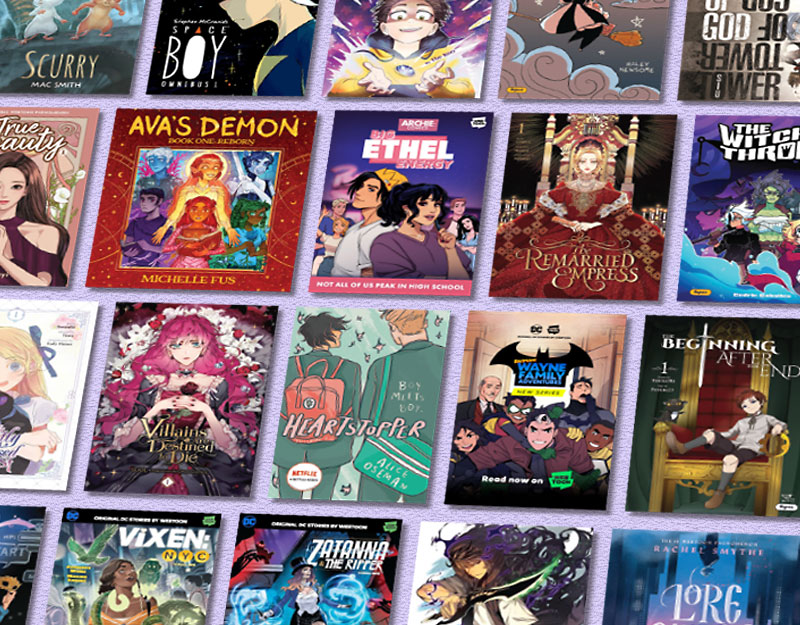
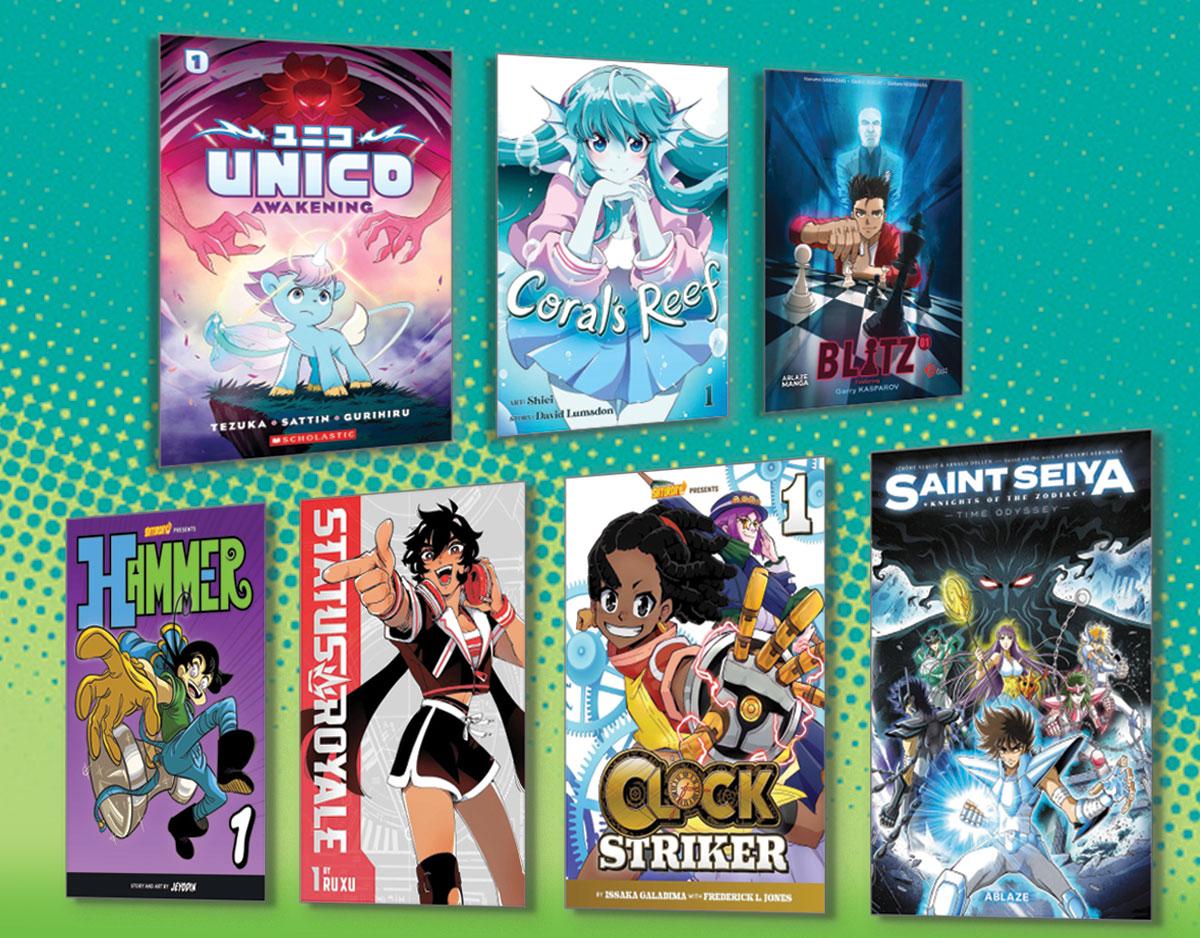
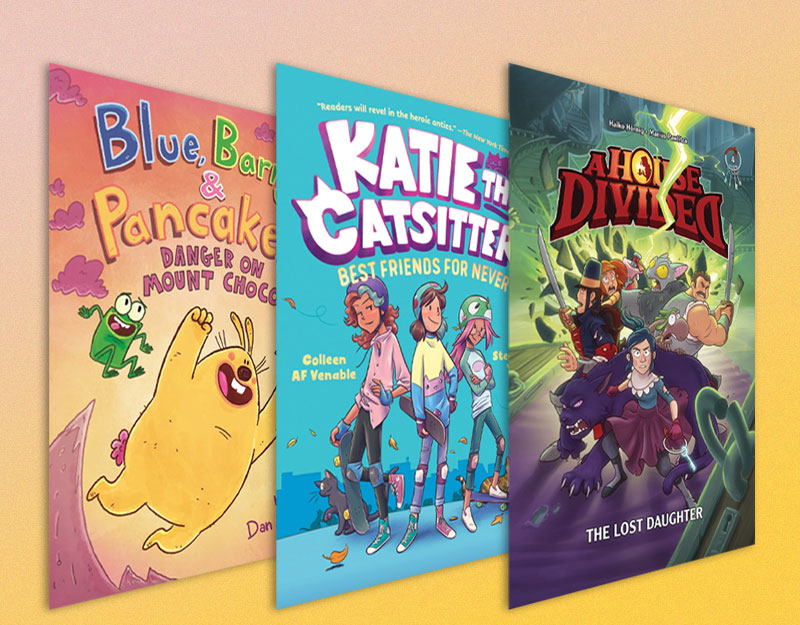
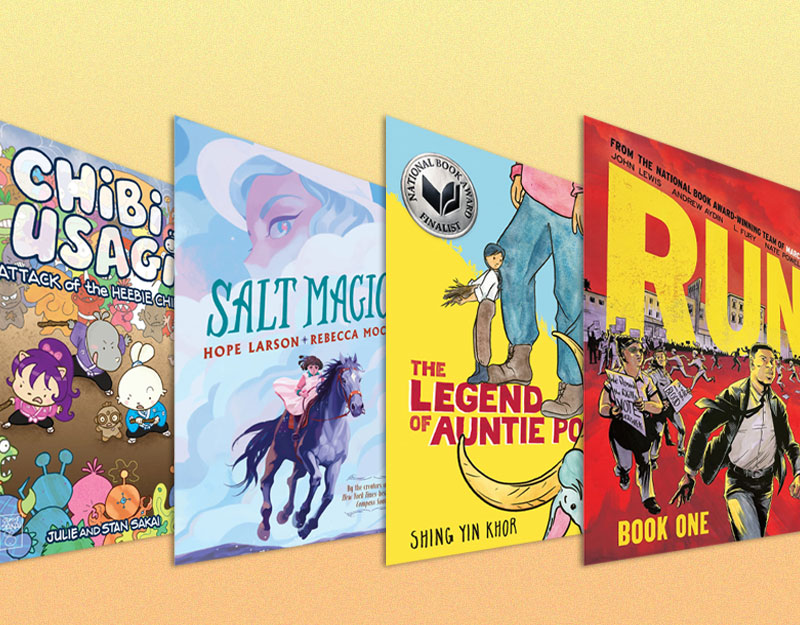
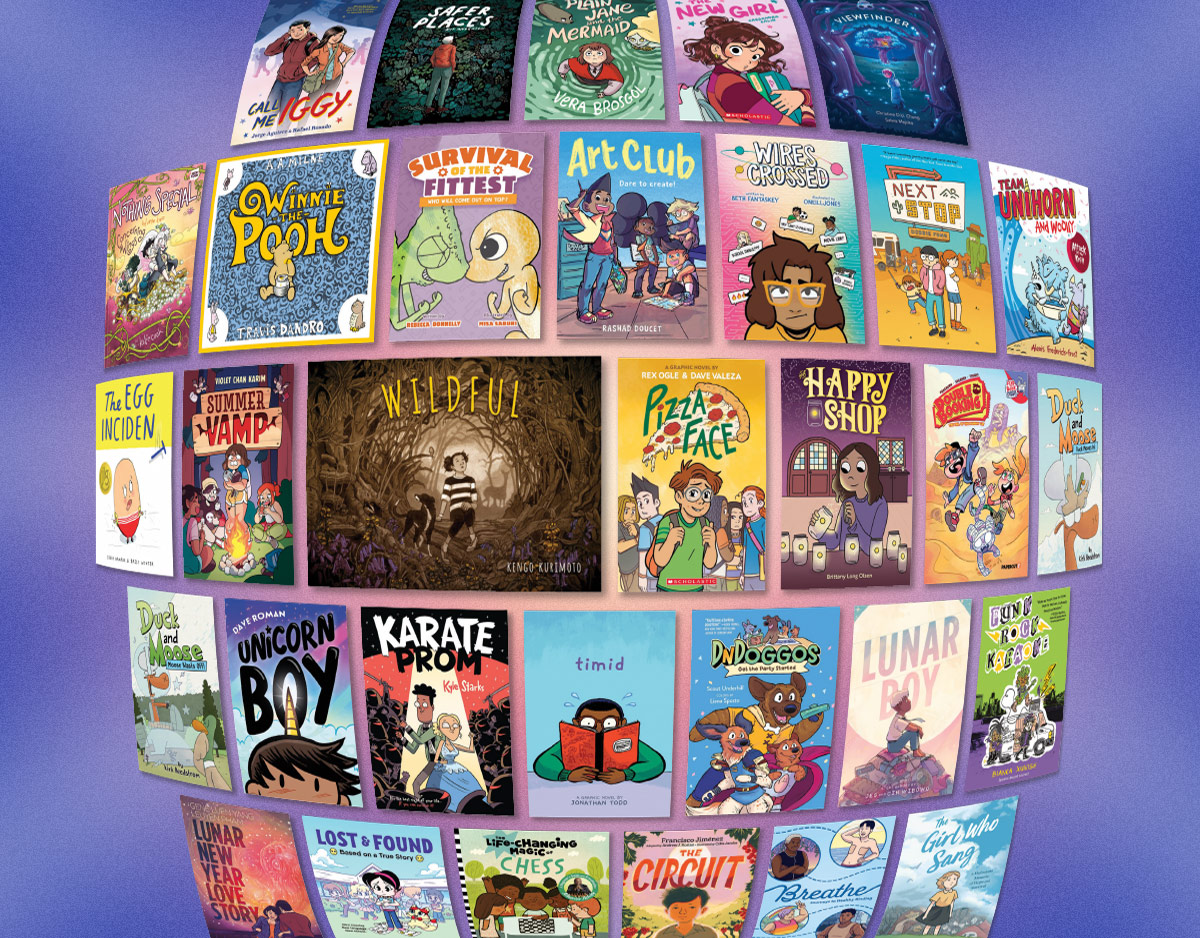
Hikaru no Go has always been one of my favorite manga and I was sad when I got to the end of it. The characters are all really relatable, especially Hikaru in how he strives to become better at something in his life.
Thanks for reviewing it, it was an enjoyable read.
Thanks for reading! It had been a couple of years between the first 11 vols and these last 12, but the love and and thrill I felt when I first started reading it came back in a flash. It is one of the few shonen manga series that will keep all the volumes of physically. That’s how good I think it is.